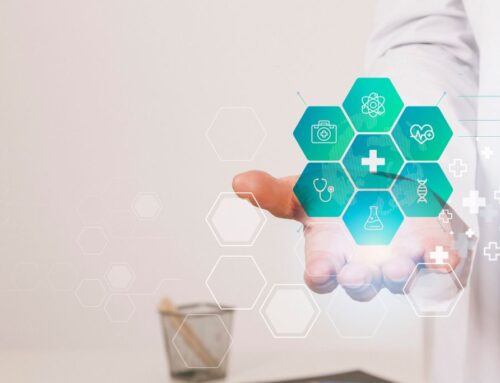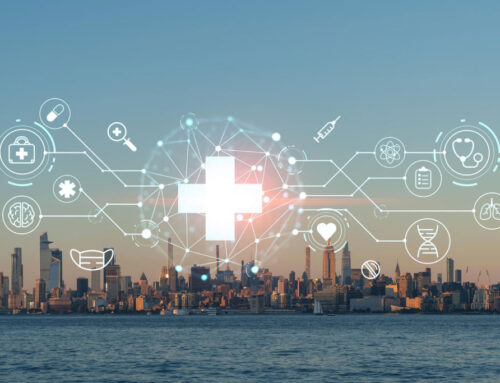The pandemic has been a turning event in the healthcare industry. Many innovative new drugs have emerged during this period. The past decade has also been pivotal for diseases like multiple sclerosis, malaria, and various cancers. Biopharmaceutical researchers have not yet uncovered a universal and systematic approach to generate predictions or interventions that will work for the patients. The major barrier to doing so is the lack of understanding of the multifaceted nature of many diseases and the large set of variables in the design of its therapy. Drug development mostly relies on a reductionist and hypothesis-driven approach. Computational methods like AI and ML can help scientists in some of these areas.

Data is the key to understanding diseases
Different industries around the globe have transformed their marketing using computational models to analyze huge amounts of data about individual consumers. Their buying behavior is deployed and offers are adjusted dynamically.
In the drug R&D industry –
Data can provide transformation by shedding light on biological complexity, building holistic and reproducible disease models, and as a result developing specific scalable therapies.
For instance, protein structure from amino acids sequence could be studied thanks to computational sciences. AI and ML together with huge amounts of collected data can increase the accuracy of predictions without the need for an understanding of the underlying biological concepts. Research can explain if and why a drug candidate is safe and efficacious.
The interplay of AI and ML systems with research experts can generate evidence to change the traditional model of pharmaceutical sciences. The lack of reliable, interconnected, and longitudinal health data acts as a barrier to this transformation. The existing data is also fragmented because it sits on many different platforms. Privacy and security concerns further exacerbate the issue. Solving this twofold problem is essential to making the best use of data.
Role of health data platforms
Individuals generate large amounts of health-relevant data through geolocation services, online symptom searches, wearables, and consumer-grade genetic testing. Structured data like insurance claims, electronic health records, and pharmacy purchases are also recorded every day.
People taking part in clinical and academic research have high-quality data recorded for disease understanding and drug development. The accelerated digitization of healthcare has generated even more data in recent years.
Digital health measurement is now done through telemedicine, wearables, virtual monitoring of clinical trials, and so on. There are many national and international initiatives to collect high-quality and structured data securely. Health data companies are also accumulating existing data from patient records and real-world evidence.
Even with efforts from various organizations, data gaps remain. Data from sources like social media and wearables can capture early symptoms of diseases and comorbidities. Disease-related signals and optimal therapeutic approaches can be understood due to data collected from these tracking devices. Personalized devices have enabled data collection to be wide as well as deep. The depth of data on an individual is just as important as data on a wide range of individuals.
Benefits of a secure health data platform
Large-scale data platforms can amass and monitor data from healthy individuals as well as individuals who are in the early and later stages of the disease. Clinicians can clearly distinguish between disease states and mark more solid boundaries between different stages. This results in diagnosis and prediction of pre-emption of disease as soon as the data permits.
Good data also provides a method other than the reductionist approach of traditional medicine and makes it possible to generate hypotheses regarding previously untreatable conditions like dementia.
Harnessing large-scale human health platforms also broadens the scope of medical innovations. It highlights how factors like nutrition or medical devices can be used to treat individuals more holistically and sustainably. The overall result is a faster, less risky process that drives faster cycles of generating and validating ideas.
Higher quality and complete real-world evidence extend the capabilities of the health data platforms, which in turn creates a potential for further insights and better management of diseases.
Thus, breakthroughs in biological sciences and advancements in computing, particularly AI and ML, have accelerated progress at each stage of the pharmaceutical research and development chain.
The new era of biopharmaceutical innovations can make much more progress by understanding the disease. The multifactorial nature of diseases has always posed a challenge for scientists. AI and ML improve this understanding by uncovering patterns that explain the disease. Finally, superior data from healthcare platforms can make this possible and usher the healthcare industry into an era of exponential innovation.

